If…. 1968
R | 1h 51min | Drama | 1 January 1970 (Hungary)
Storyline:
In an indictment of the British public school system, we follow Mick and his mostly younger friends through a series of indignities and occasionally abuse as any fond feelings toward these schools are destroyed. When Mick and his friends rebel, violently, the catch phrase, “which side would you be on” becomes quite stark.
User review:
This glorious 1968 film is a document not just of its times but of the eternal and mysterious communion between two enormous artists. Lindsay Anderson, the director, the mentor, the older man and Malcolm McDowell his young, brilliant, loving disciple. The trust between this two men is overwhelming and the results are in every frame in every nuance. For me, to see this film after many years was a remarkable emotional experience. Daring, visionary with a Malcolm McDowell that broke new ground with the fearlessness of an explorer venturing into totally virgin territory. Brilliant, beautiful, unique. Lead by the magical hand of Anderson and McDowell we confront the anger of the artists with their love for each other. Wow!
Director: Lindsay Anderson
Writers: David Sherwin (screenplay), David Sherwin (original script: “Crusaders”)
Stars: Malcolm McDowell, David Wood, Richard Warwick
Country: UK
Language: English | Latin
Release Date: 1 January 1970 (Hungary)
Filming Locations: Aldenham School, Elstree, Hertfordshire, England, UK
Format : MPEG-4
Format profile : Base Media
Codec ID : isom (isom/iso2/avc1/mp41)
File size : 2.06 GiB
Duration : 1 h 51 min
Overall bit rate : 2 638 kb/s
Links: iMDB
Download: Nitroflare

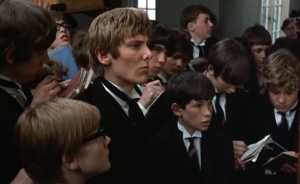
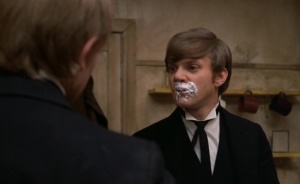
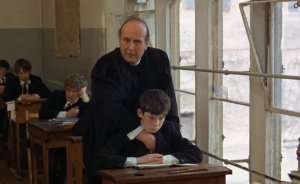
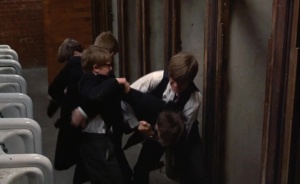
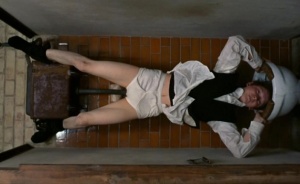
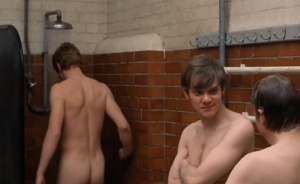
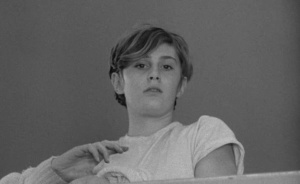
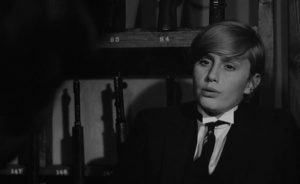


















Lindsay Anderson’s 1968 film for Paramount release, “if….” set in an English boy’s boarding school and filmed on location at Cheltenham College, was a ground breaking film in many ways that I ran as a 22 year old in 1969 during my time as a cinema projectionist. At this time, with student riots and general dissent over the Vietnam war, the young were beginning to seriously rise up against authority and the idea that people in authority, from politicians to teachers, were saying to them: “We may be stupid and not know what we’re talking about, but we’re in charge of the world and as long as we are, you’ll do what we bloody well tell you to do…or else!” The youth of the day were at last beginning to no longer except this and rise up against it. Hence the climax of this film, when students at the school, led by Travis (Malcolm McDowell), with his girlfriend (Christine Noonan) open fire with machine guns and hand grenades on the assembled dignitaries at the school speech day. The scene was more or less borrowed for the 1975 film “I Want To Be Famous” when an eleven years old boy and his pal open fire with Sten guns on a group of authority figures. In some cinemas, the youthful audiences for “if….” (all aged over 16, as it was an ‘X’ certificate film) cheered on their screen fellow revolutionaries.
This was also the beginning of the era of free love and doing your own thing sexually. Homosexual acts between consenting adults in private and over the age of 21 had just been legalised in the UK, but the youth of the day wanted sexual freedom for their own age group to be legalised, too, as the Age of Aquarius loomed (a fight for equal rights that still goes on today, over fifty years later). This is depicted in the film by the relationship between 13 years old Bobby Phillips (Rupert Webster) and his 23 years old P.E. teacher, Wallace (Richard Warwick), who we see eyeing each other up out of sexual curiosity in the gymnasium and later on, sharing a single bed together, sleeping after presumably after having had an exhausting but very pleasurable session of intimate and passionate nookie. I remember being amazed when I saw this. I’d never seen anything like it before on the screen (and neither had anyone else). I thought it represented perfect sexual freedom between boys and between boys and men and I admired Anderson for daring to include it in his film. Of course, such things were happening all the time in real life (even though it was denied by many), but no one had dared before to show it on the screen. Amazingly, although passed with an ‘X’ certificate, the British Board of Film Censors at the time passed it uncut. After “if….”, which was shot partly in colour and partly in black and white, the cinema would never be the same again.
Better copy added